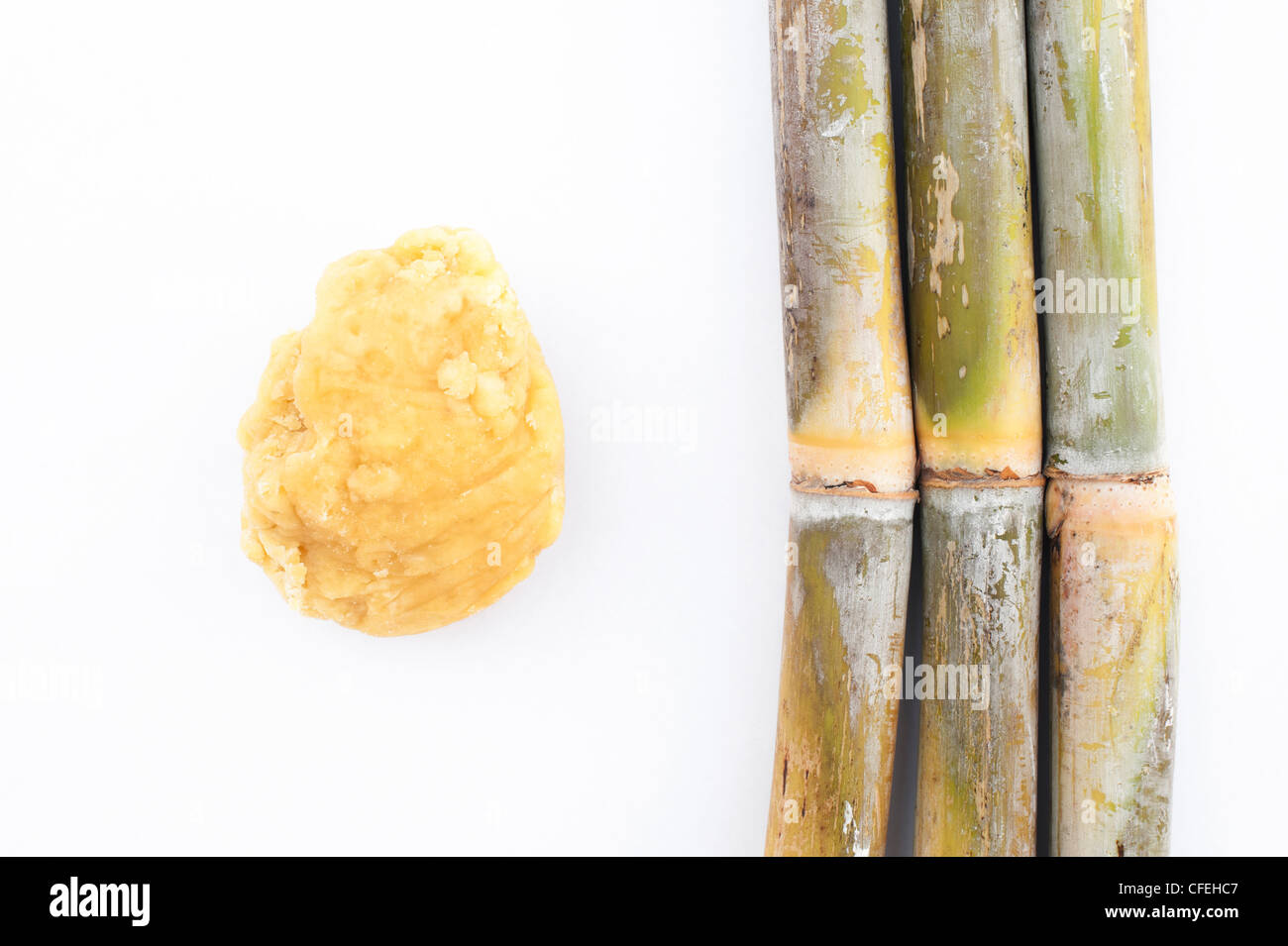Sugarcane Product: A Healthy Sweetener for Fit Individuals
Sugarcane Product: A Healthy Sweetener for Fit Individuals
Blog Article
The Journey of Sugarcane: From Harvest to Everyday Products
The trip of sugarcane is a complex procedure that begins with careful cultivation and culminates in a selection of products that penetrate our daily lives. As we check out the various aspects of sugarcane's trip, its duty in sustainability and the broader ramifications for our atmosphere come right into sharper emphasis.
Cultivation of Sugarcane
The cultivation of sugarcane is an important farming procedure that calls for particular ecological conditions and administration methods. Ideal growth takes place in subtropical and tropical areas where temperature levels vary in between 20 ° C and 32 ° C. Adequate rains or irrigation is important, as sugarcane flourishes in moist dirt with well-drained problems (sugarcane product). Soil top quality substantially influences yield; thus, farmers often conduct soil examinations to determine nutrient requirements
This method promotes effective collecting and optimizes sunshine exposure. Crop turning and intercropping are suggested methods to enhance soil fertility and lower bug invasions.
Prompt application of these fertilizers can significantly enhance sugar returns. Overall, successful sugarcane growing pivots on a combination of ecological stewardship, strategic preparation, and recurring management techniques.
Gathering Techniques
Effective sugarcane farming finishes in the harvesting phase, which is crucial for making best use of yield and making certain top quality. The timing of the harvest is critical; sugarcane is typically collected when sucrose degrees height, typically between 10 to 18 months after planting. This period differs based upon environment, soil kind, and sugarcane selection.
Gathering strategies can be broadly categorized into handbook and mechanical methods. Hands-on harvesting is labor-intensive, relying upon experienced employees that make use of machetes to reduce the stalks close to the ground. This method enables selective harvesting, where only the ripest walking canes are selected, consequently boosting overall sugar material.
On the other hand, mechanical harvesting has gotten appeal as a result of its effectiveness and cost-effectiveness. Specialized farmers equipped with reducing knives and conveyor systems can refine big locations promptly, substantially decreasing labor prices. However, this method may cause the inclusion of immature canes and a potential decrease in sugar high quality.

Despite the technique utilized, guaranteeing that gathered canes are transferred quickly to refining centers is vital. Prompt taking care of lessens perishing and preserves the honesty of the sugarcane, setting the stage for ideal handling.
Handling Techniques
Processing sugarcane includes several vital actions that change the harvested stalks right into usable products, mostly sugar and molasses. The preliminary phase is washing the cane to get rid of dirt and debris, complied with by the removal of juice through crushing or milling. This process generally employs hefty rollers that break the walking stick fibers to release the wonderful liquid contained within.
Once the juice is extracted, it undergoes clarification, where pollutants such as soil fragments and bagasse are gotten rid of. This is usually attained by adding lime and warming the juice, enabling sedimentation. The clarified juice is then concentrated with dissipation, where water material is decreased, resulting in a thick syrup.

Eventually, the handling of sugarcane not only produces sugar and molasses however also prepares for numerous derivatives, which will be discovered in subsequent conversations.
Products Derived From Sugarcane
Sugarcane is a functional plant that generates a wide variety of products past just sugar and molasses. Among the key spin-offs are ethanol and biofuels, which have gained prominence as renewable resource resources. Ethanol, produced through the fermentation of sugarcane juice, acts as a different to fossil gas click here to find out more and is typically blended with fuel to create cleaner-burning gas, reducing greenhouse gas discharges.
In addition, sugarcane is a substantial resource of bagasse, the fibrous residue continuing to be after juice extraction. Bagasse is made use of in various applications, including the manufacturing of paper, eco-friendly packaging, and as a biomass gas for power generation. Its use not only reduces waste yet also improves the sustainability of sugarcane processing.
Furthermore, sugarcane-derived products include the More Bonuses food market, where it offers as a natural flavoring representative and sweetener in various culinary applications. In the world of cosmetics, sugarcane removes are integrated into skin care items as a result of their natural exfoliating buildings.
Environmental Impact and Sustainability
The growing and handling of sugarcane have substantial ramifications for environmental sustainability. This crop calls for considerable water sources, frequently leading to depletion of regional water supplies and impacting bordering ecological communities. Furthermore, making use of fertilizers and pesticides in sugarcane farming can lead to dirt deterioration and waterway air pollution, positioning dangers to biodiversity.

Lasting sugarcane farming likewise advertises soil health with plant rotation and reduced husbandry, enhancing carbon sequestration. The fostering of these methods not just sustains environmental integrity but likewise enhances the strength of farming communities against climate modification.
Final Thought
In recap, the trip of sugarcane encompasses different phases from growing to handling, inevitably causing a broad variety of items. The value of sugarcane expands past plain sugar, contributing to renewable resource through ethanol production, sustainable packaging through bagasse, and natural removes for cosmetics. This complex plant plays a critical duty in both dietary enrichment and ecological sustainability, highlighting its relevance in contemporary agricultural and industrial techniques.
Successful sugarcane farming culminates in the harvesting phase, which is pivotal for optimizing return and guaranteeing top quality. The timing of the harvest is crucial; sugarcane is usually gathered when sucrose levels optimal, generally between 10 to 18 months after growing.Processing sugarcane involves numerous crucial actions that change the gathered stalks right into useful items, mostly sugar and molasses.Sugarcane is a flexible plant that produces a broad selection of products beyond simply sugar learn this here now and molasses. Furthermore, the use of plant foods and chemicals in sugarcane farming can result in dirt destruction and waterway pollution, positioning dangers to biodiversity.
Report this page